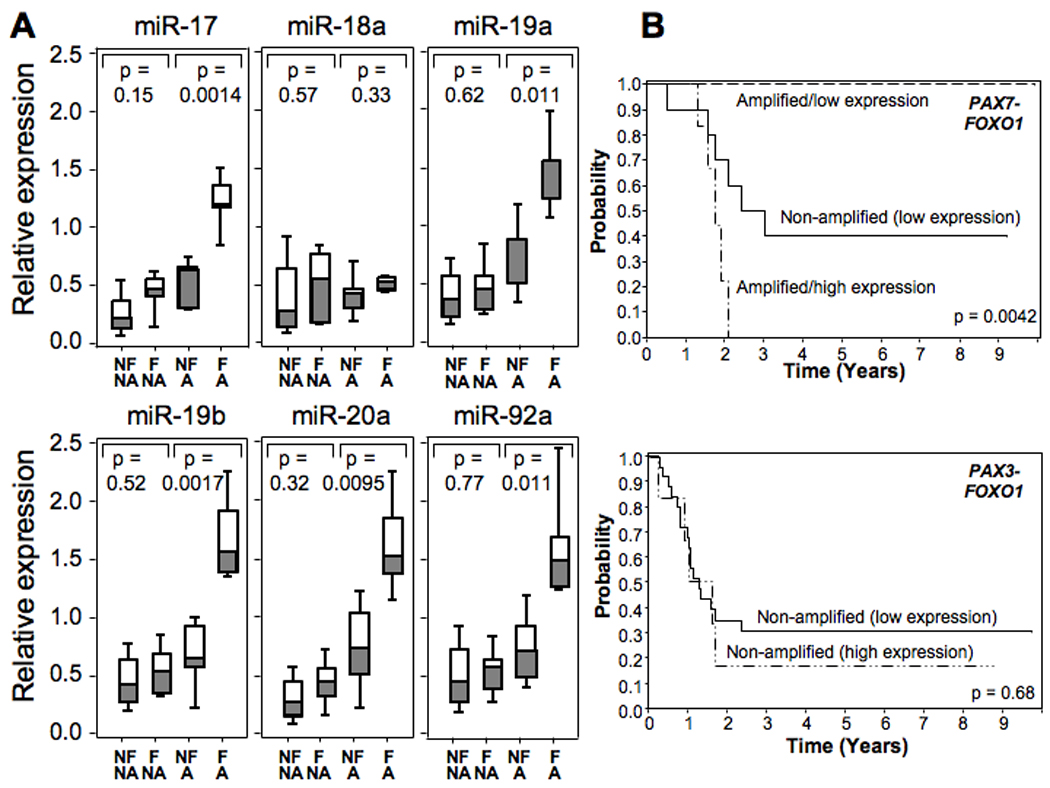Figure 4. Relationship of outcome to miR-17-92 expression and 13q31 amplification.

A. Comparison of miRNA expression with 13q31 amplification and outcome status. Cases were divided into those that failed within two years (F) and those that had no evidence of failure for at least two years (NF). One case without evidence of failure and follow-up less than 2 years was excluded from the analysis. In addition, cases were also divided into those with (Amp) and without (NA) evidence of 13q31 amplification. Expression of each miRNA was measured by qRT-PCR in the designated subsets and normalized for RNU48 expression. The t-test was used to compare expression between each pair of related subsets, and the corresponding p value is shown for each miRNA. B. Effect of miR-17-92 expression status and 13q31 amplification status on failure-free survival. Based on the data in part A, the miR-17a expression cut-off level between low and high expression was selected to be 0.8. PAX7-FOXO1-positive ARMS cases are divided into three subsets: 13q31-amplified and miR-17a high expression, n = 6; 13q31-amplified and miR-17a low expression, n = 5; and non-amplified and miR-17a low expression, n = 10. PAX3-FOXO1-positive ARMS cases are divided into two subsets: 13q31-amplified and miR-17a low expression, n = 6; and non-amplified and miR-17a low expression, n = 26.
